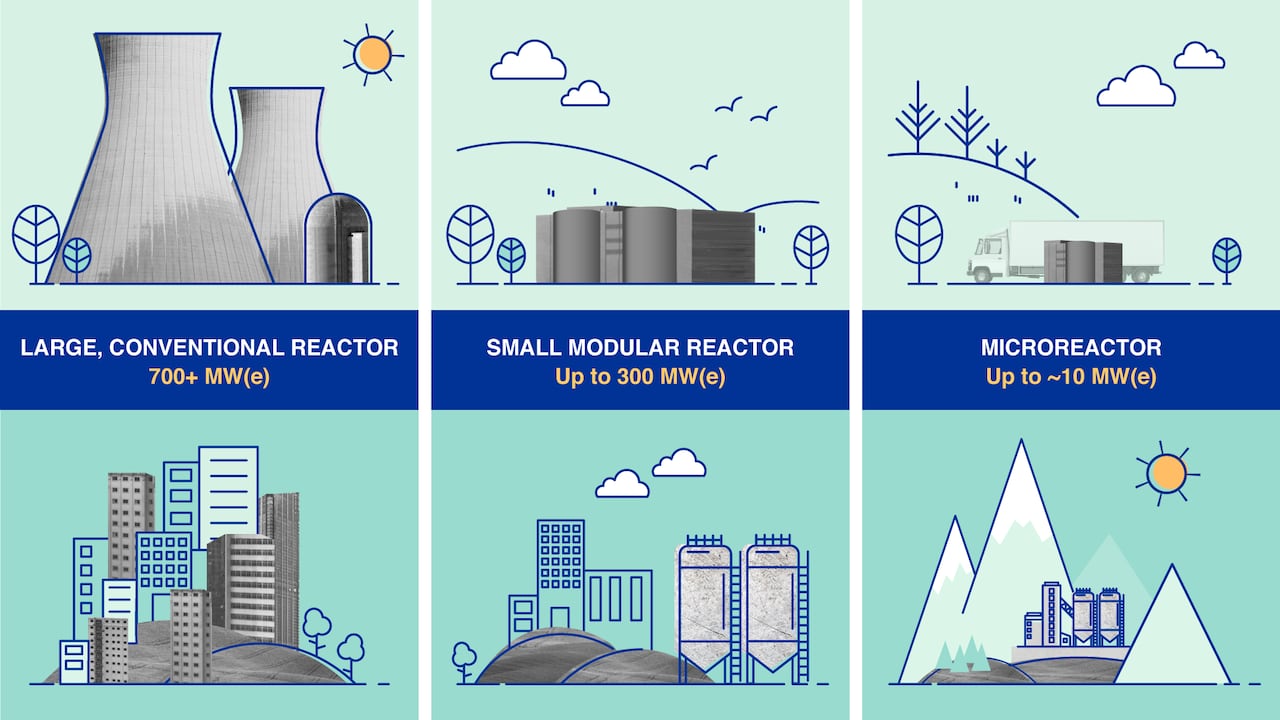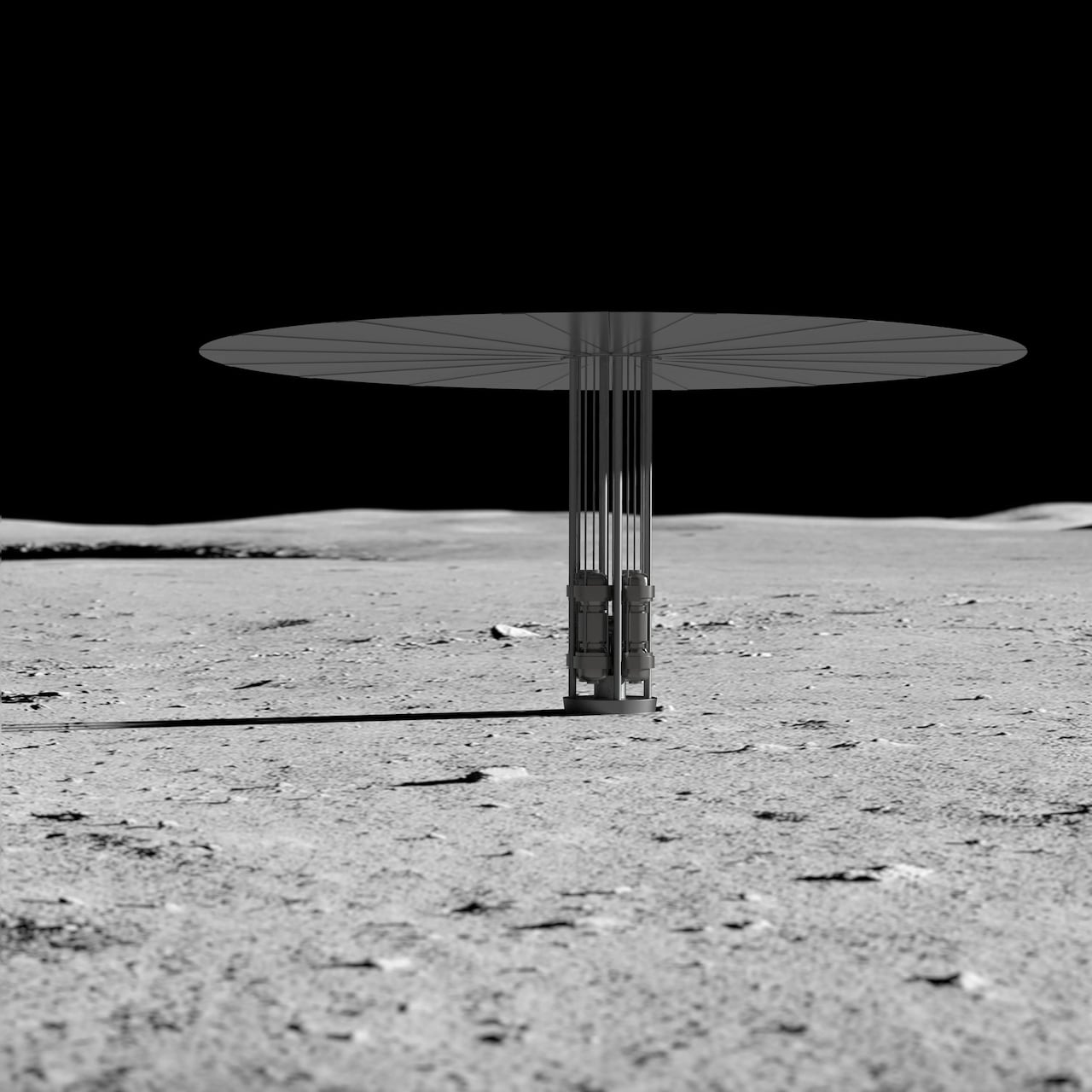The Artemis II crew ought to take off from Cape Canaveral, Florida, in February, heading for the Moon, the place they may circle it and return dwelling. It is step one in direction of placing boots on the Moon for the primary time in additional than 50 years.
It is not nearly planting a flag and gathering some rocks, as occurred through the area race within the Nineteen Sixties. NASA’s bold Artemis program has a long-term objective of exploring the Moon, with a continued human presence. And from there, to Mars.
To keep up a presence on the moon, vitality will likely be wanted. So how do you keep a colony of individuals in a spot that has roughly 14 days of daylight adopted by 14 days of darkness?
The reply: nuclear vitality. And Canada is attempting to maneuver ahead.
Earlier this month, the Canadian Area Company (CSA), granted $1 million in funding for the Canadian Space Mining Corporation (CSMC) to develop a low-enriched uranium nuclear reactor to be used on the Moon.
Once we consider nuclear reactors, we often consider massive buildings or steam towers like those we see in The Simpsons.
However there are additionally small modular reactors which are assembled in a manufacturing unit and transported to a location.
And there are additionally micromodular reactors, the sort that CSMC intends to construct, that are a lot smaller.

How absurd is the concept of nuclear reactors on the Moon?
“The concept of utilizing nuclear energy in area extra typically just isn’t actually new. So if we return to the Chilly Warfare, the The Russians Were Up to Things With Nuclear Reactors in Space,” mentioned Kirk Atkinson, affiliate chair for industrial analysis within the division of vitality and nuclear engineering at Ontario Tech College in Oshawa.
“NASA has been working on this a decade or so in the past, they usually did demonstration experiments within the US the place they constructed just a little reactor and it behaves the best way you’d anticipate it to behave.”
Canada in a novel place
Canada just isn’t the one nation vying to construct a nuclear reactor that could possibly be used on the Moon.
In August, NASA introduced that it intends put a nuclear reactor on the moon by 20305 years earlier than China and Russia’s plans for their joint reactor.
So why does Canada need to construct a reactor on the Moon? when it doesn’t but have the flexibility to launch a rocket from its dwelling soil.
“The worldwide group is working collectively to ascertain a everlasting presence on the Moon,” mentioned Daniel Sax, founder and CEO of the Canadian Area Mining Company. “Jeremy Hansen will board the following flight to the Moon and Canada intends to contribute issues to the worldwide effort, simply because it has prior to now.”

Canada has an extended historical past, albeit considerably silent, of contributions to area exploration, with the Canadarms and know-how that flew to distant asteroids and Mars.
MDA Area, which constructed Canadarms, was additionally lately received $500,000 from CSA for the “growth of autonomous energy plant administration algorithms and instruments for a nuclear energy system on the lunar floor.”
“Canada is superb at area know-how. We’re additionally superb at nuclear know-how,” Sax mentioned. “So we’re engaged on that, seeking to leverage each of these abilities.”
Sax says the sort of reactor just isn’t restricted to the moon. The corporate plans to make use of comparable know-how to be used in distant and indigenous communities, a lot of which nonetheless use diesel.
Lunar Challenges
For the lunar reactor, it might be constructed right here on Earth after which despatched to the moon, Sax defined. It could operate partly autonomously and partly below supervision right here on Earth.
However Atkinson mentioned constructing a reactor to function on the Moon — which has no ambiance, the place water would freeze and the place there’s low gravity — may have its challenges. You can’t use water and even air to chill the reactor.
Then there’s the query of what to do with the spent gasoline.
“We will have to consider nuclear waste disposal. I think that can most likely be one of many final issues they give thought to,” mentioned Jamie Noel, a professor of chemistry at Western College in London, Ontario. “[But] It should begin with the reactor design.”
There’s additionally the regulatory facet of this.
Canadian Area Company astronaut Jeremy Hansen is headed to the moon on the Artemis II mission. He sits down with CBC’s Nicole Mortillaro to speak concerning the bodily, psychological and collaborative elements of coaching to go to the furthest place humanity has ever gone.
“Authorized points apart, who is admittedly the regulator of one thing on the Moon? In Canada, it is the… Canadian Nuclear Security Fee,” Noel mentioned. “THE [Atomic Energy of Canada] I attempted this concept of an autonomous reactor. Like, as soon as a month, they’d ship a technician there to test issues. And the CNSC mentioned completely not.”
Whether or not or not this would be the case for the moon stays to be seen.
Sax, whose firm can be investigating methods to get water from the Moon, is happy about the way forward for human exploration and says he’s hopeful that the corporate’s modular micro nuclear reactors could possibly be utilized in distant communities, not simply in Canada however world wide.
“I believe people will proceed to discover it doesn’t matter what,” he mentioned. “AND I believe if we will allow that exploration, however on the identical time… convey actual financial worth to individuals’s lives right here – actual environmental worth – and resolve a number of the greatest issues we’ve got in Canada, I believe that is an incredible factor to work on.”


Leave a Reply